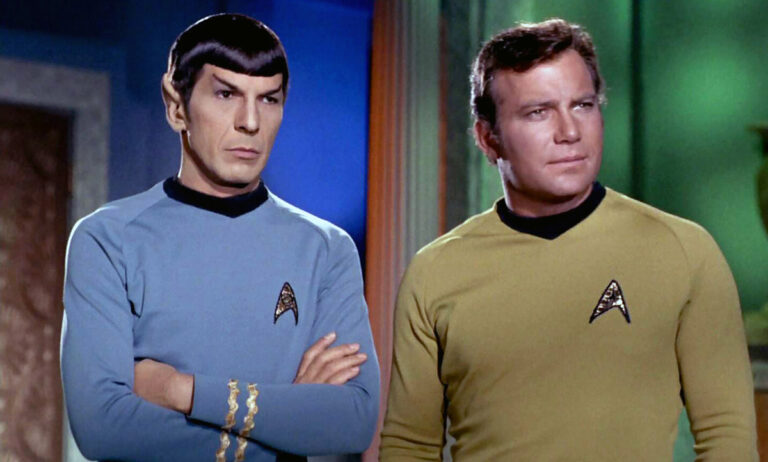‘Star Trek’ actor William Shatner will allegedly go to space with Jeff Bezos

In his seven decades of acting, William Shatner became a cultural icon for his portrayal of Captain James T. Kirk in the Star Trek franchise. Now, he’s about to set a new record in his career after TMZ reported on Saturday 25 September that the actor will be heading off to space alongside Amazon CEO Jeff Bezos in October 2021. Aged 90, Shatner will be going where no man of his age has gone before.
According to TMZ, the actor will be on board Bezos’ New Shepard capsule for the 15-minute civilian flight while the mission will be filmed for a documentary. As of now, it remains unclear exactly who else will be joining the Star Trek star on the flight but it is safe to assume that the line-up won’t be disappointing, considering the individuals who received a ticket to Blue Origin’s first mission earlier this year. It is also unsure what amount Shatner is paying in order to be a part of the latest space mission.
This news comes as little surprise as it has been reported simultaneously that Bezos, who once called Blue Origin his “life’s most important work,” has doubled the time he devotes to his space company. According to CNBC, the billionaire has long dedicated Wednesday afternoons to either updates or discussions at Blue Origin—meetings that were in person before the COVID-19 pandemic and have been by phone since. However, within the past month he has added Tuesday afternoons to his schedule as well, inside sources told CNBC.
Bezos’ alleged doubled effort comes at a critical moment in Blue Origin’s history. The company is locked in a somewhat petty court battle over NASA’s award of a multibillion-dollar lunar lander contract to Elon Musk’s SpaceX, while a key customer of its BE-4 rocket engines is becoming increasingly vocal after years of delay, and its first orbital rocket is similarly years behind schedule.
The added time spent on Blue Origin partially illustrates how Bezos is renewing his focus on the company. For example, one person told CNBC that he used to hold a companywide question-and-answer session with employees every year but had stopped doing so. “Now he is turning his attention back to Blue Origin,” writes the publication.
One thing is for certain, if Shatner does end up going to space with Bezos in October, get ready to see Elon Musk trek into the stars with someone even more emblematic—think Mark Hamill or Morgan Freeman.





